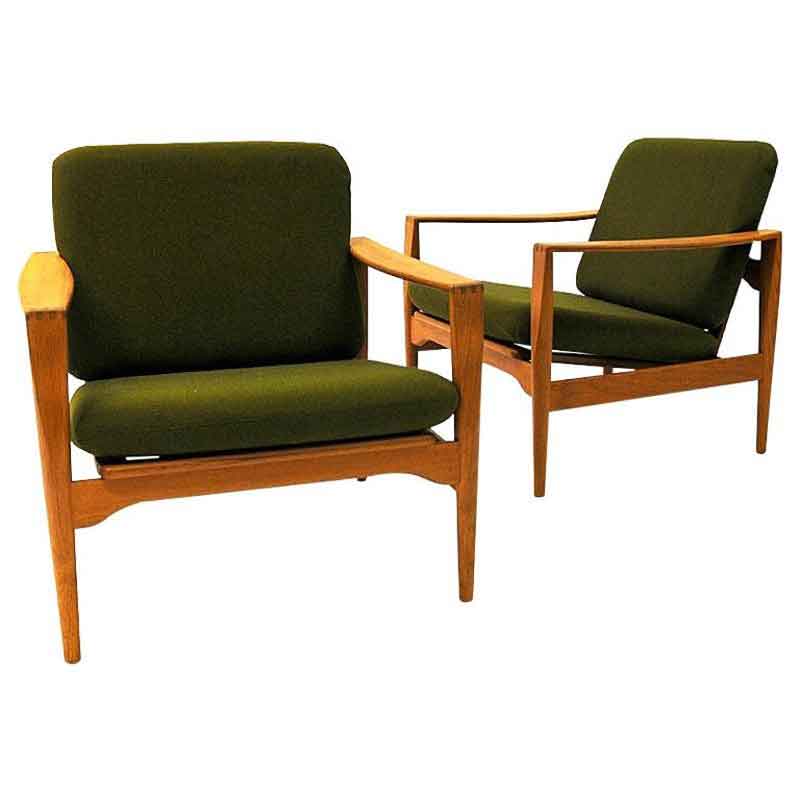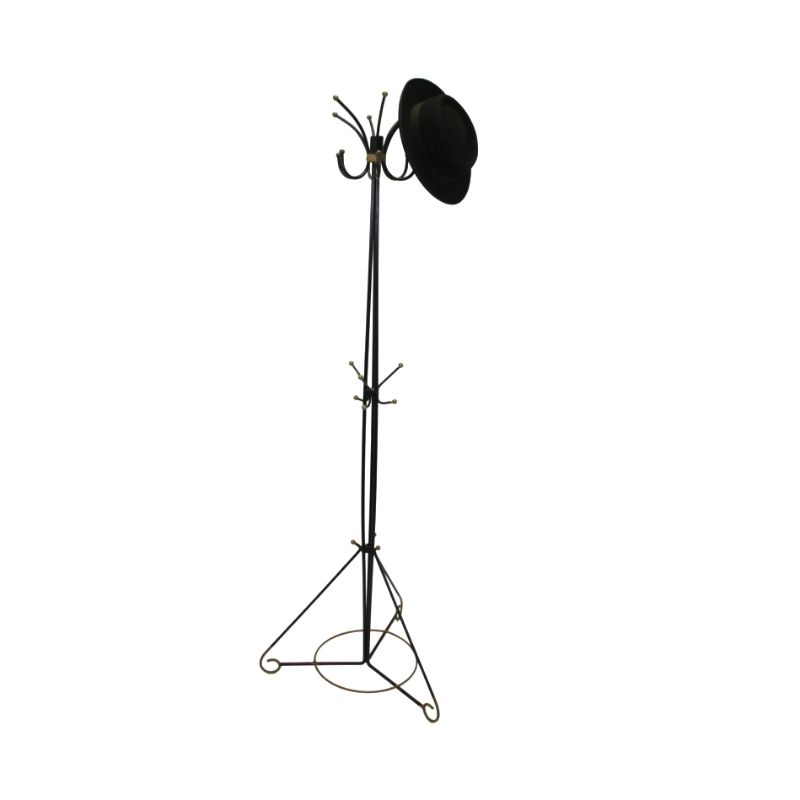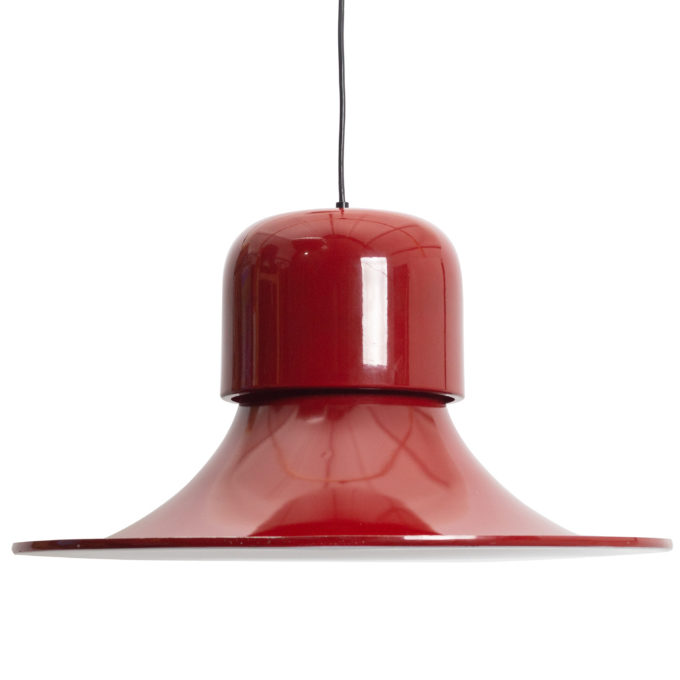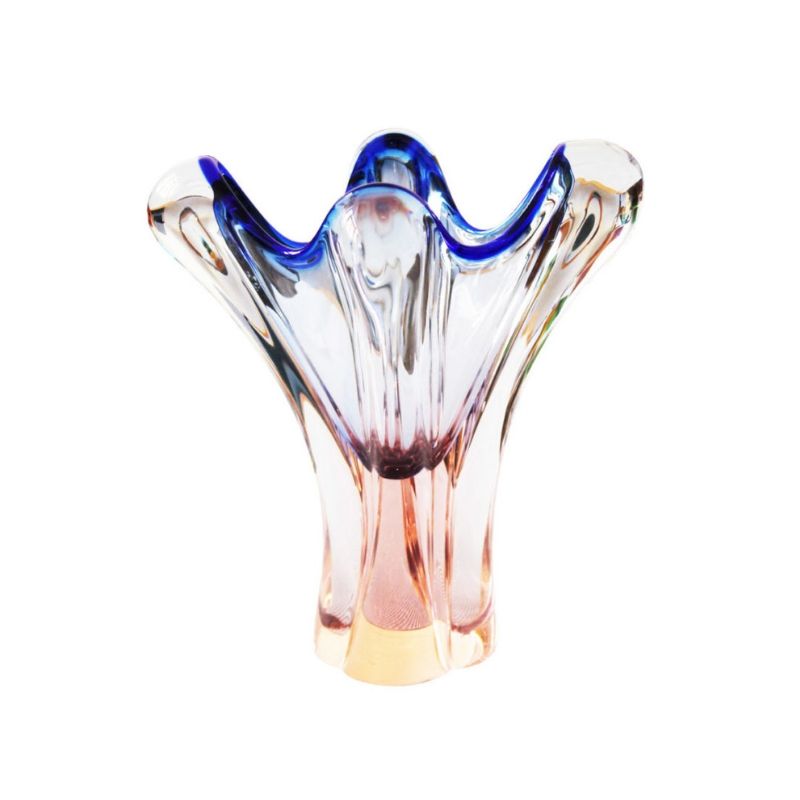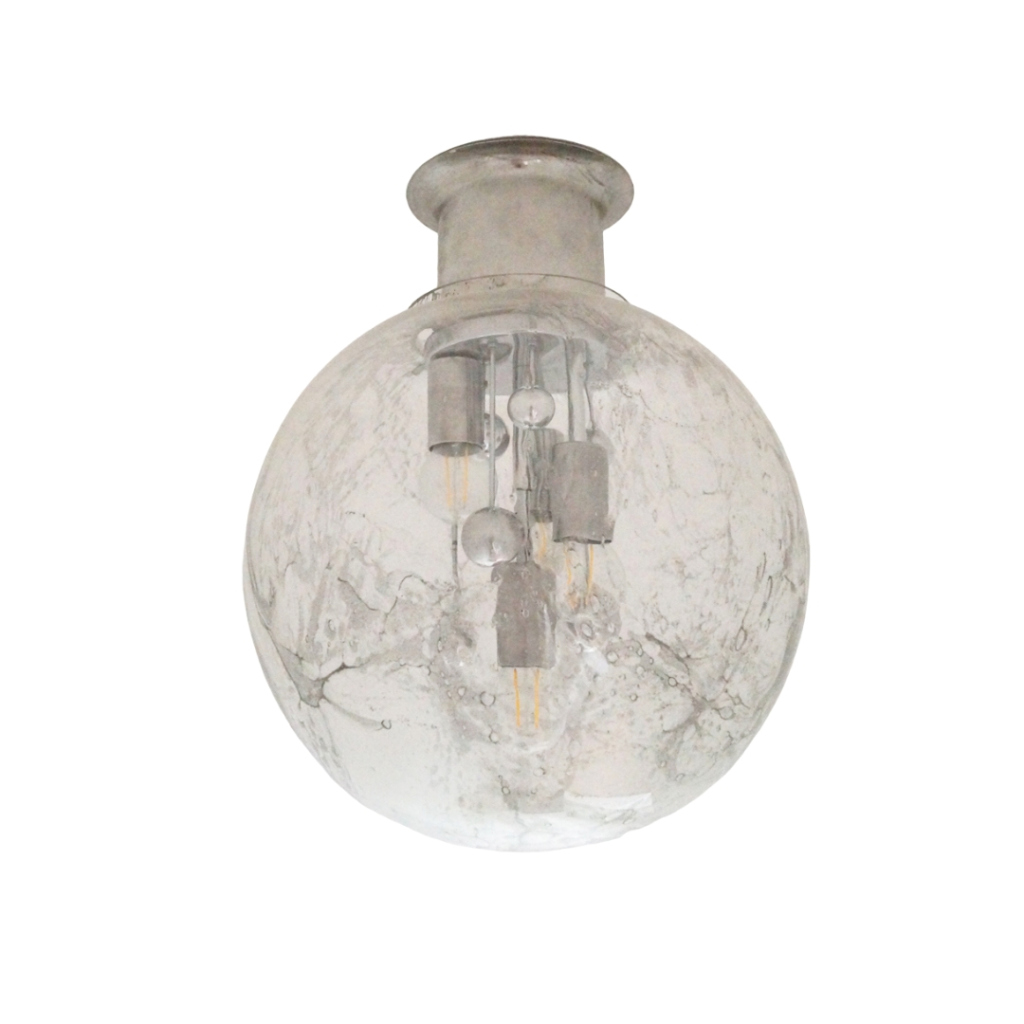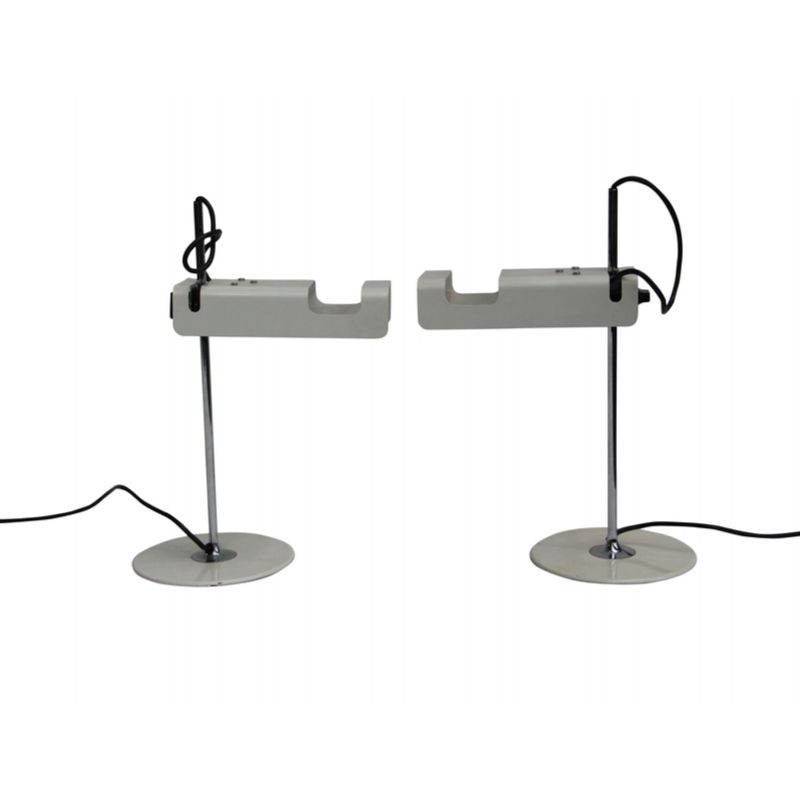Hello everyone!
I have a Eames plywood lounge chair (from the DWR catalog), walnut face natural veneer. After my friend sat in it the other day, I saw that her studded belt had rubbed against the seat back, causing noticeable damage.
There are two types of damage that I would love to know how to address, cosmetically at least:
1) The belt left indented tracks, and compressed the wood, on the lower part chair back. The veneer remains, but the surface is rutted.
2) A very small (1-2mm) piece of veneer has been chipped off at the bottom edge of the chair back, exposing lighter plywood beneath.
I will be forever grateful if anyone has any advice... I love that chair! 🙂
Thanks in advance,
- Ashley
or, can I just replace the chair back?
I didn't think of this at first, but is it possible to buy a replacement (new, or like-new) chair back, and attach it to the rubber shock mounts on the chair? It would have to also be walnut veneer, or something that would look stylish with the walnut seat and legs (I'm open to suggestions!).
Any idea where I'd even start looking, for a purchase like this? My time spent on Google tonight has been without any luck...
Thanks again!
- Ashley
I like that you say her...
I like that you say her studded belt caused noticable damage. And that she is your friend. It seems to me to give your chair the beginnings of a beautiful patina, one you could live with perfectly and with suitable affection, but if not, I would say just buy a new chair.
speaking words of wisom ? let it be
Leave it. You'll just damage the new back eventually. It will not be new forever. Eventually it will all be evenly old and this will nto bother you. Every old chair with 'patina' had to suffer its first few injuries before becoming a nice, well used item.
Patina yes, moist heat maybe.
I seem to recall someone once lifting an indent out of a chair with the application of moist heat to plump the wood back out. (Damp washcloth and iron) but may be an urban legend. I opt for loving the patina otherwise encasing in plexiglass box may provide only realistic protection in the real world. Check with a reputable woodworker/furniture craftsman before attempting.
Correct BTM...
Im told by the relic of a chap who does the garden that the old iron trick works well..but it only works on solid wood and not on veneered? something to do with the different absobancy rates in the different woods used maybe? dont know as i was in a coma by the end of his explanation. Just throw a cushion on it!.
that wood is not as hard as you think
i have a set of arne jacobsen 7 series chairs and i have runied them... with my jean rivets... I guess when he made these chairs 50 years ago he did not intend for us Americans with our 5 pockets to sit in his chairs . the Eames wood chairs are the same thing no rivets
Thank you ...
Minor dents
in wood may respond to the application of a drop of water; maple is particularly easy to "puff up" in this way. But steaming is a more aggressive treatment and is often successful. The wetted tip of a clean rag is placed over a pre-moistened dent, and a hot iron presses the rag to the wood, creating steam and driving it into the fibers. One or more applications will quickly determine if the dent can be lifted in this way. The wood should be dried promptly (I often use the hot iron, on raw wood), and sanded to match the surrounding texture before any color or finish is applied. Dents can sometimes be steamed through a pre-existing finish.
Damage in which the wood fibers have been ruptured to any degree will not be restored by this technique. Damage to the edge of plywood is very likely to involve such rupturing or tearing.
If you need any help, please contact us at – info@designaddict.com



